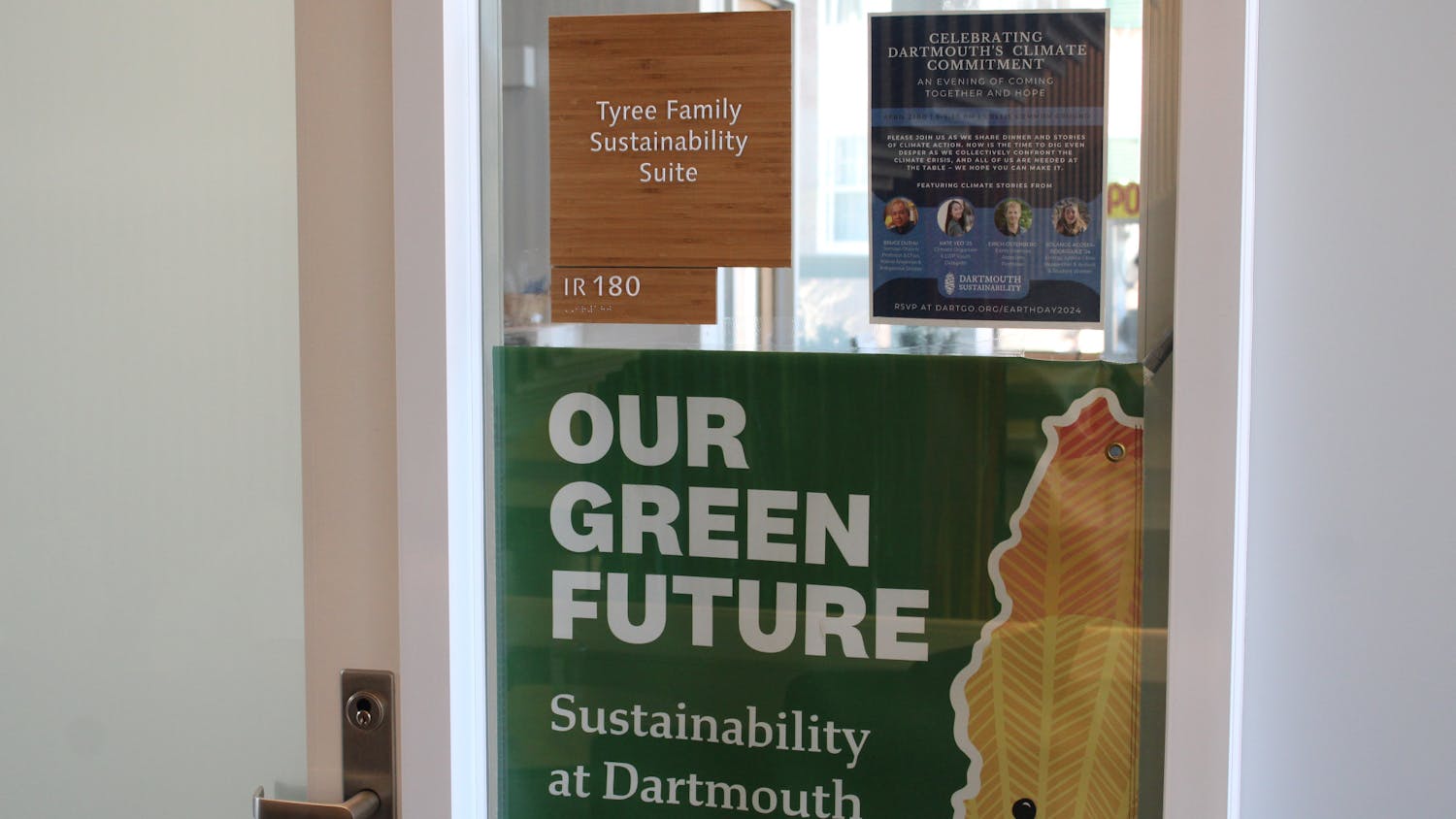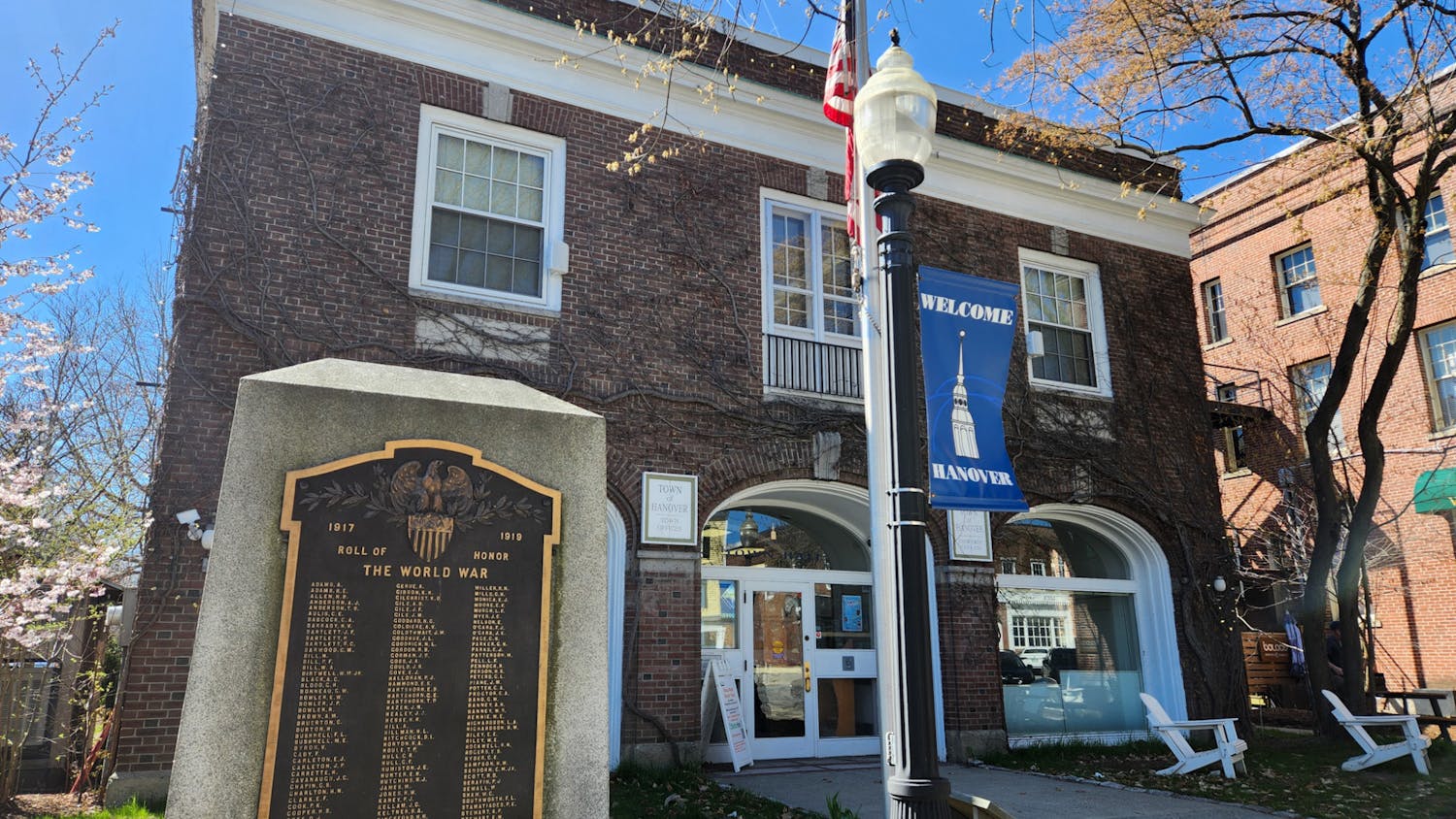Recent studies show that college-aged Americans are smoking more than ever before. According to Llelwyn Grant, spokesperson for the Office of Smoking and Health at the Center for Disease Control and Prevention in Atlanta, 27.9 percent of Americans ages 18 to 24 can be identified as smokers.
Not only is this number higher than in previous years, Grant noted, but it also indicates that college-age individuals are smoking as much as 25 to 44 year-olds.
"Historically young adults have always smoked less than older adults, he said. "Now, for the first time we're seeing them smoking at similar rates as older adults."
Other studies have found similar increases, especially on college campuses. A Massachusetts General Hospital study of 99 colleges released this summer showed that one-fifth of college students use tobacco daily and almost half have used tobacco in the last year.
A 1997 study conducted by the Harvard School of Public Health found that smoking rates at 99 of 116 schools surveyed had risen significantly since 1993.
"College students and people with college educations have traditionally smoked at lower levels than people not attending college," said Henry Wechsler, Ph.D., the study's principal investigator. "This rise in smoking among the most highly educated youth in America should be a wake-up call about the problem of smoking at all levels of society."
Dartmouth is not exempt from the smoking trend. In the spring of 1997, a survey of undergraduate smoking at the College directed by Dartmouth Evaluation and Research found that 49 percent of students had smoked at least once in the past year, rising from 43 percent in 1995.
Brian Herrick, a student at the Dartmouth Medical School, working with Dr. Joseph O'Donnell, a medical oncologist and Chief of Oncology at the Veterans Administration Hospital, conducted a separate study of Dartmouth undergraduate smoking in the fall of 1998. According to the results, 37 percent of students surveyed had smoked cigarettes at least once in the past year.
An online survey conducted by Nobacco -- a campus anti-tobacco group -- during last Winter and Spring terms showed only 13 percent of respondents as current smokers, a figure in part the result of a disappointingly low response rate.
Numbers aside, the increase of smoking on campus is evident in other ways. Gabrielle Lucke, director of Health Resources for the College's department of health services, said that there has definitely been an increase in the number of students huddled outside the residence halls, cigarette litter on campus and the amount of cigarette-related damage in residence halls and bathrooms, which are all symptomatic of more smokers.
"The increase has been well noticed on campus," she said.
Both nationally and at the College, most smokers started the habit in high school. According to Herrik's survey, 80 percent of undergraduates started smoking in high school, compared to 89 percent nationally.
In the Nobacco survey, of those that identified themselves as smokers, about 26 percent did not smoke before they came to college. About half smoked before college, but less than they smoke now. Only a quarter of smokers said they practice the habit at home.
One explanation for the higher numbers of young adult smokers both at the College and around the country is the steady rise in teen smoking, particularly high school seniors, which occurred during the early 1990s.
"As these people move on to young adulthood, they bring their habit with them," Grant explained.
The numbers on current teen smoking are somewhat lower than those in the 1990s, but still significant with more than one-third of teenagers in grades nine through 12 smoking, Grant added.
Lucke attributed the upward trend to influences in the media and pop culture.
"About ten years ago, smoking wasn't represented" in the media, she said. "In the past ten years we've seen more and more images of smoking and tobacco."
She also pointed out that smoking is a habit that is casually and socially started. Many students smoke in social situations because it makes them feel more comfortable and relaxed. Before students realize it, they're addicted, she said.
Aside from the obvious health risks smoking poses, the increase in young adult smokers could mean serious problems for the country down the road, Grant warned.
"If this trend continues ... we will have more health risks to the nation," and thus more economic burdens as a result," he said. Currently 430,000 deaths per year are related to smoking diseases, according to Grant.



